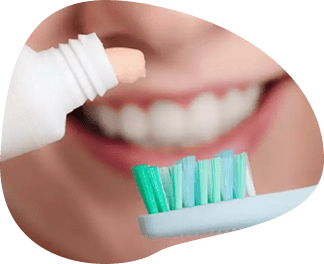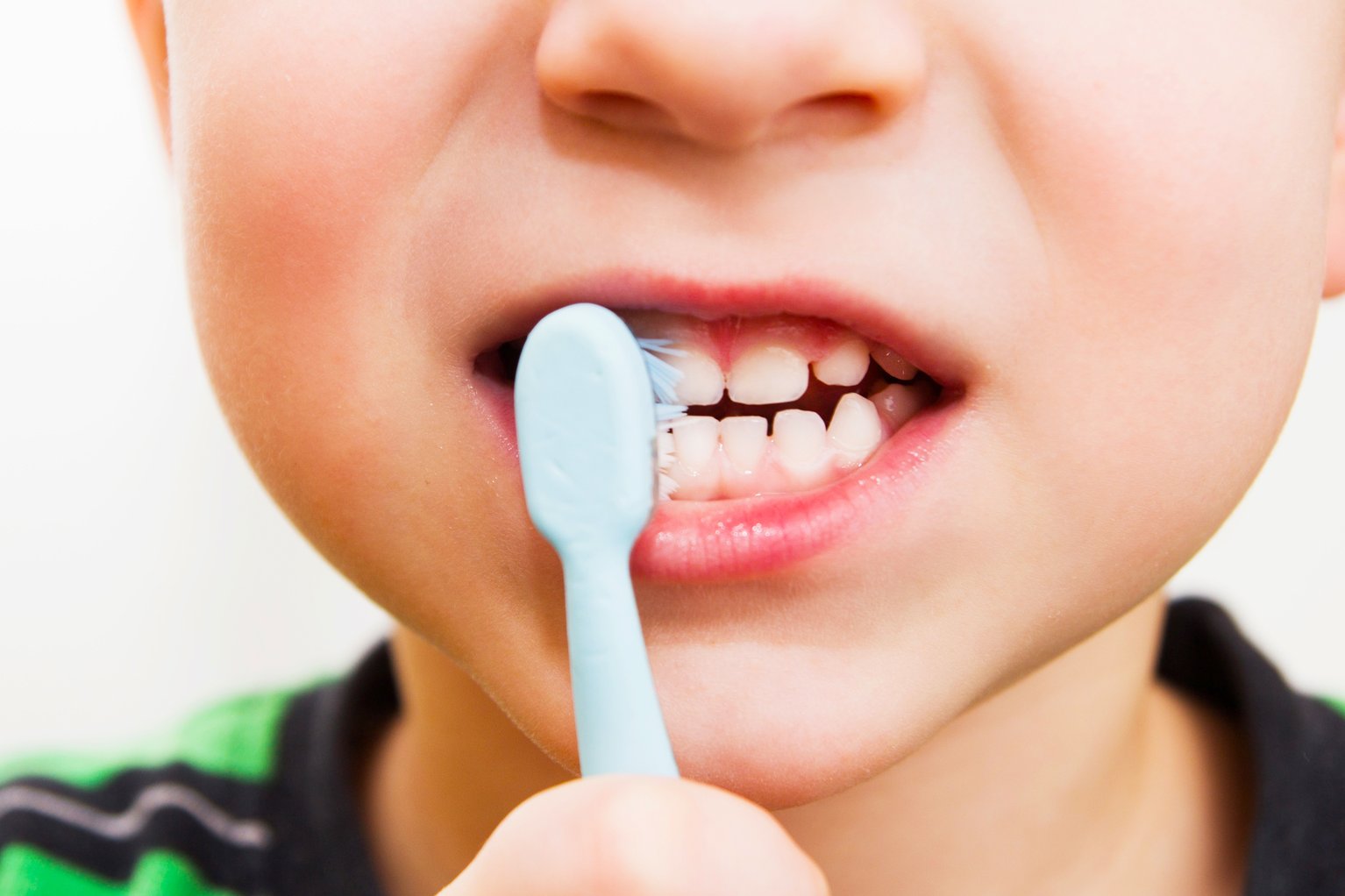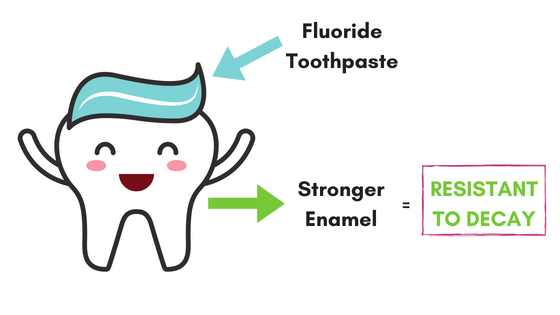What is tooth decay?
Tooth decay is essentially a hole or a cavity in the tooth that forms over time leading to damage and subsequent loss of the tooth structure. The damage starts from the hard outer enamel layer and can progress into the more softer dentine and then into the pulp where lies the nerve of the tooth. Decay can often work its way through teeth without causing pain, however, when the decay becomes deep the nerve becomes irritated resulting in pain.

What causes tooth decay?
Over 700 different species of bacteria have been found in the mouth, most of these bacterial species are harmless and lie in perfect harmony in the oral environment. Decay occurs when the hard tooth structure starts to soften and breakdown due to certain bacteria in the mouth namely Streptococcus Mutans. These bacteria feed on the sugars from food that we eat and excrete acids in the mouth. The acids tip the balance to favour the process of demineralisation, which over time can weaken the tooth structure leading to a hole in the tooth.
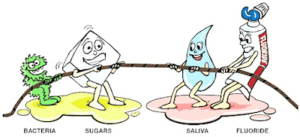
What is the best way to prevent tooth decay?
Low sugar diet
The major cause of tooth decay is a diet high in sugar such as sweets, chocolates and fizzy drinks. Sometimes ‘healthier’ foods and drinks that one should be wary of can contain hidden sugars; these include some smoothie juices, cereal, milkshakes and yoghurts to name a few. Frequent snacking during the day increases the number of acid attacks in the mouth making the environment in the mouth more susceptible to decay. The recommended number of acid attacks/meals in one day should be limited to a maximum of 4 a day. A healthy and balanced diet is not only important for oral health but overall health.
Toothbrushing and good oral hygiene
Good tooth brushing involves the mechanical removal of plaque, which can stick to teeth. Effective brushing of all surfaces of the teeth involves gently brushing the teeth two times a day, first thing in the morning and last thing at night. This should be done for at least two minutes using a toothpaste containing fluoride; the active ingredient that helps to remineralise the teeth. Brushing can be done with either a manual toothbrush or an electric one depending on personal preference. An electric toothbrush can often lead to better results and a superior clean, however, a manual toothbrush can do just as an effective clean if used correctly.
Regular brushing only covers parts of the teeth that can be seen, the use of interdental brushes or floss can be used in between the teeth to effectively clean these areas that the toothbrush can’t reach. If plaque is not removed, it will build up and form a hard layer which sticks to the surfaces of teeth called ‘tartar,’ this commonly forms in hard to reach areas such as the back surfaces of the lower front teeth. Tartar can be difficult to remove yourself at home and has to be removed professionally in the dental practice.
Diagnosis
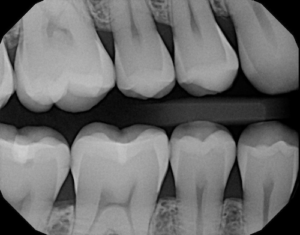 Detecting decay early can allow more of the tooth to be saved and preventing the need for more complex treatment such as root canal treatment (having the nerve inside the tooth removed) or extraction (losing the tooth). Regular and routine check-ups with the dentist are important in early detection of not only decay but also gum disease and other problems. Often decay can’t be seen which is why x-rays are a useful tool to reach a diagnosis. Sometimes the dentist may need to do a filling to prevent the decay from getting bigger.
Detecting decay early can allow more of the tooth to be saved and preventing the need for more complex treatment such as root canal treatment (having the nerve inside the tooth removed) or extraction (losing the tooth). Regular and routine check-ups with the dentist are important in early detection of not only decay but also gum disease and other problems. Often decay can’t be seen which is why x-rays are a useful tool to reach a diagnosis. Sometimes the dentist may need to do a filling to prevent the decay from getting bigger.
Preventing tooth decay is key. The dentists at The Vallance Dental Centre are here to provide you with more information and answer any questions you may have. Contact us by email or telephone to schedule an appointment. Understanding your treatment options is the first step to a healthier
